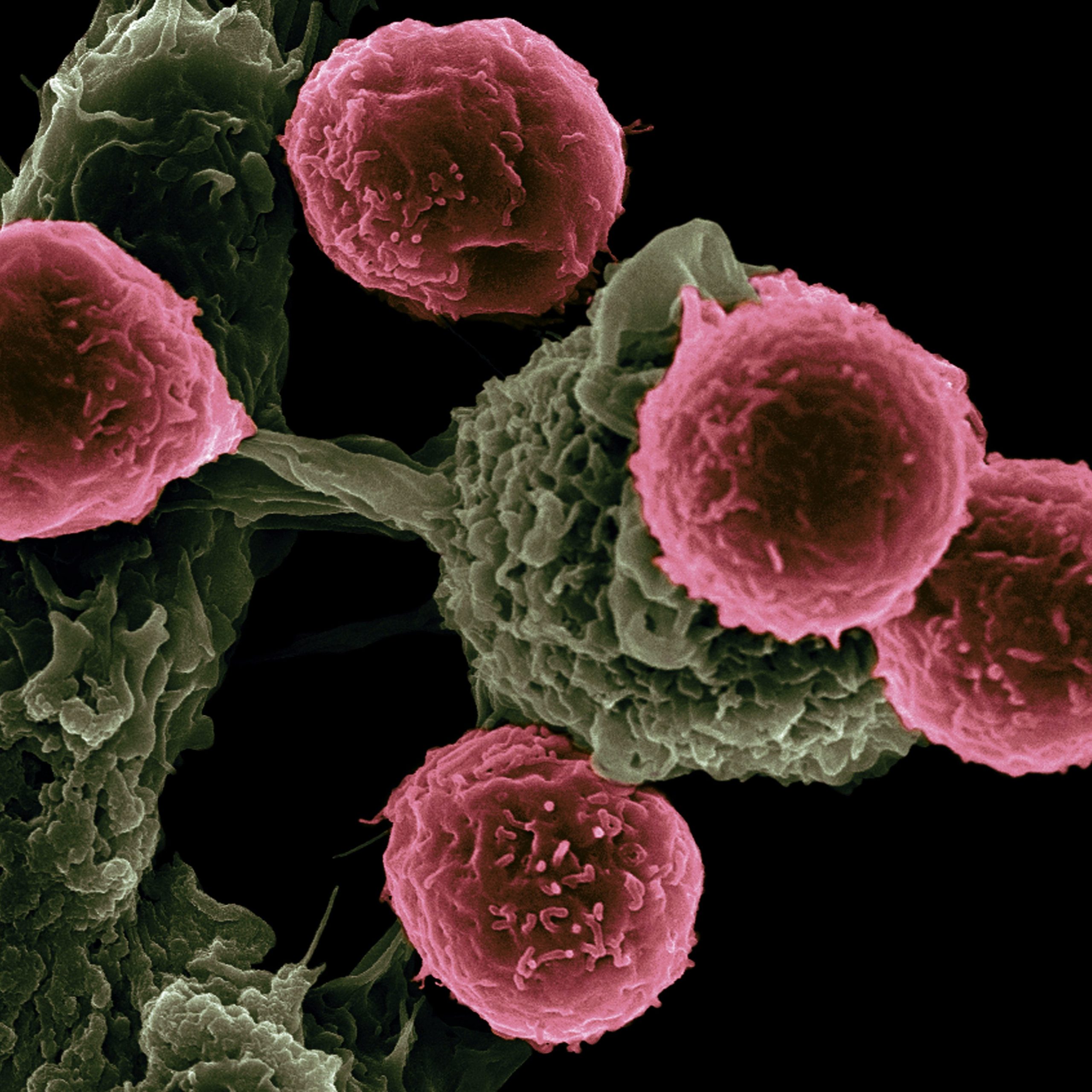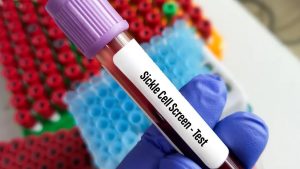It has been observed that coronavirus causes blood to thrombose or clot, one of many complications of COVID-19. It not only affects the veins but also the arteries, causing arterial thrombosis. These clots can block the circulation of blood and can lead to as extreme as gangrene. These clots can go all over the body. Dr Raghuram Sekhar, a surgeon at Kokilaben Dhirubhai Ambani Hospital, explained everything we need to know about these clots.
Also read | What is Delta plus variant of COVID-19? Should we worry?
What is arterial thrombosis related to COVID-19?
When the blood circulation is blocked due to the formation of clots, the oxygen supply to our body parts carried by the blood is cut off. This leads to gangrene and this requires immediate medical attention. Sekhar said that he treated over 35 COVID-19 patients with thrombosis in limbs during the pandemic. He has also treated people of age below 32 years with this condition, in the second wave, reported Indian Express.
What is the reason behind the clot formation?
Studies suggest that COVID-19 increases the viscosity of blood. Due to the increased viscosity, blood clots are formed. The exact reason behind the thickening of blood is not known yet, said Sekhar.
Also read | Yoga saved me: Influencer Suvarnrekha Choudhary opens up about her journey
Who suffers from arterial thrombosis?
It is not necessary that only COVID-positive patients suffer from this condition. Sekhar said that in the majority of cases, the symptoms become visible 2-3 weeks after recovering from COVID-19.
Symptoms of arterial thrombosis:
- Pain in the limbs, which grows gradually leading to extreme pain.
- Paresthesia: numbness in the fingers and toes.
- Paralysis: loss of movement in the limbs.
- Paleness, which is caused due to lack of blood circulation.
- Pulse: following the above four symptoms, it is virtually impossible to feel the pulse. This happens in extreme cases.







